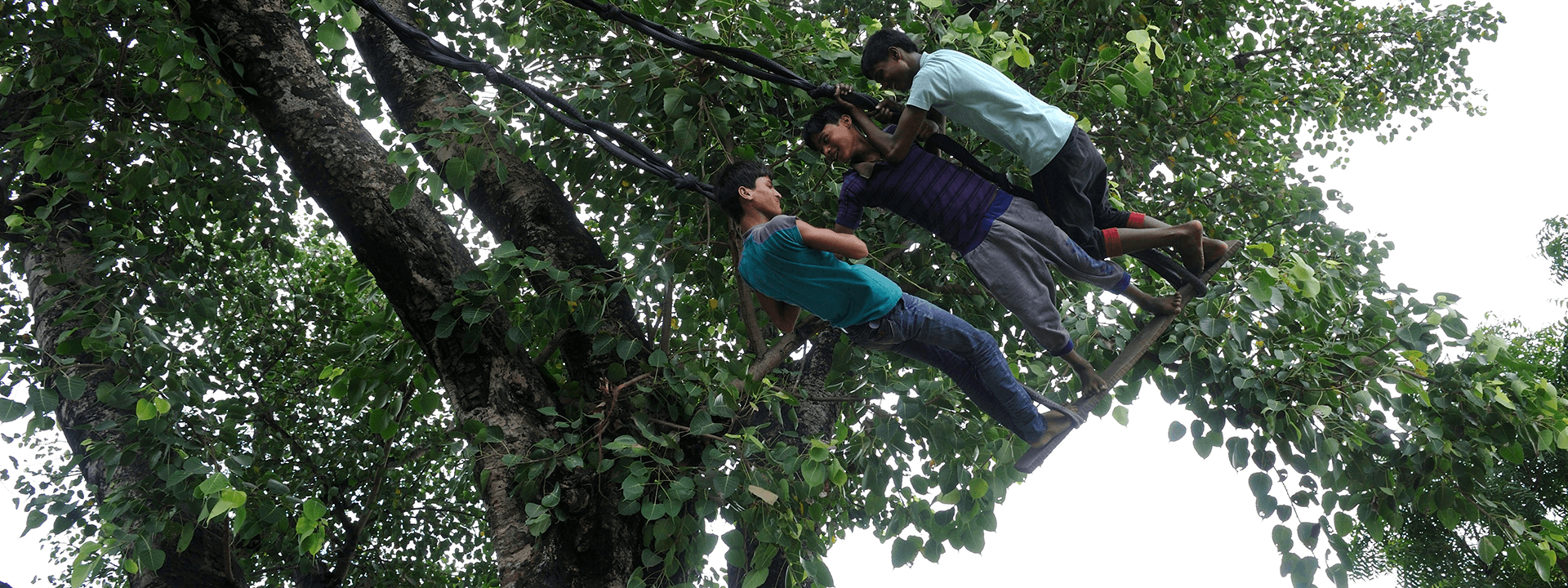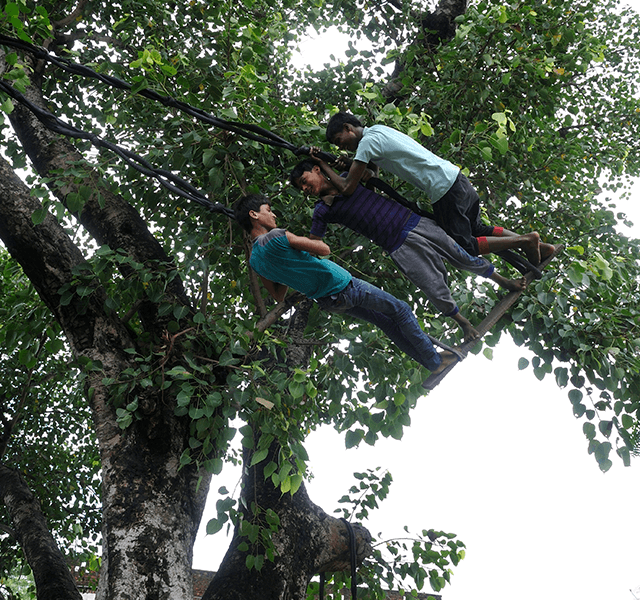

IHAT implements the Tuberculosis (TB) Diagnostic Network Optimization project in Uttar Pradesh. IHAT works in collaboration with the State TB cell to expand and decentralize rapid molecular testing, optimize equipment placement for enhanced population accessibility and performance of services, thereby increasing coverage and reducing inequities in access to TB diagnostics for individuals accessing TB services in both public and private sectors.
Read MoreThe 26th edition of the PAHAL newsletter – a reflection of our collective support to the Department of Health Department of Medical Education and ICDS towards strengthening public health services across community, facility, and health systems in Uttar Pradesh.
Read MoreUP TSU, in collaboration with the Government of Uttar Pradesh, conducted a qualitative study to explore barriers to the continued use of Antara (injectables) and Chhaya (weekly contraceptive pills). Insights from users, FLWs, and providers highlighted concerns regarding side effects, complexity in the dosage schedule, and other factors, deterring their sustained use. The study underscores the need for user-focused strategies and improved provider engagement to enhance sustained use of the new contraceptives.
Read MoreUP TSU, in consultation with the Government of Uttar Pradesh, conducted a qualitative study with Traditional Method (TM) users and FLWs to understand the factors driving TM adoption and continuation. Findings showed that normative acceptance and clarity on the effects of TM, as opposed to the complexities in the adoption and use of modern methods, facilitated TM use. It also highlighted the need for tailored interventions, specific to the family planning needs of women across all parity levels.
Read MoreUP TSU conducted exploratory conversations with mothers of zero dose children as part of the Zero Dose Learning Agenda (ZDLA). This research aimed to identify the local determinants leading to missed childhood vaccinations in specific geographies and examine gendered barriers to immunisation. This brief summarises the insights exploring gendered barriers impacting childhood immunisation and strategies to mitigate these barriers, focusing on gender inequality.
Read More